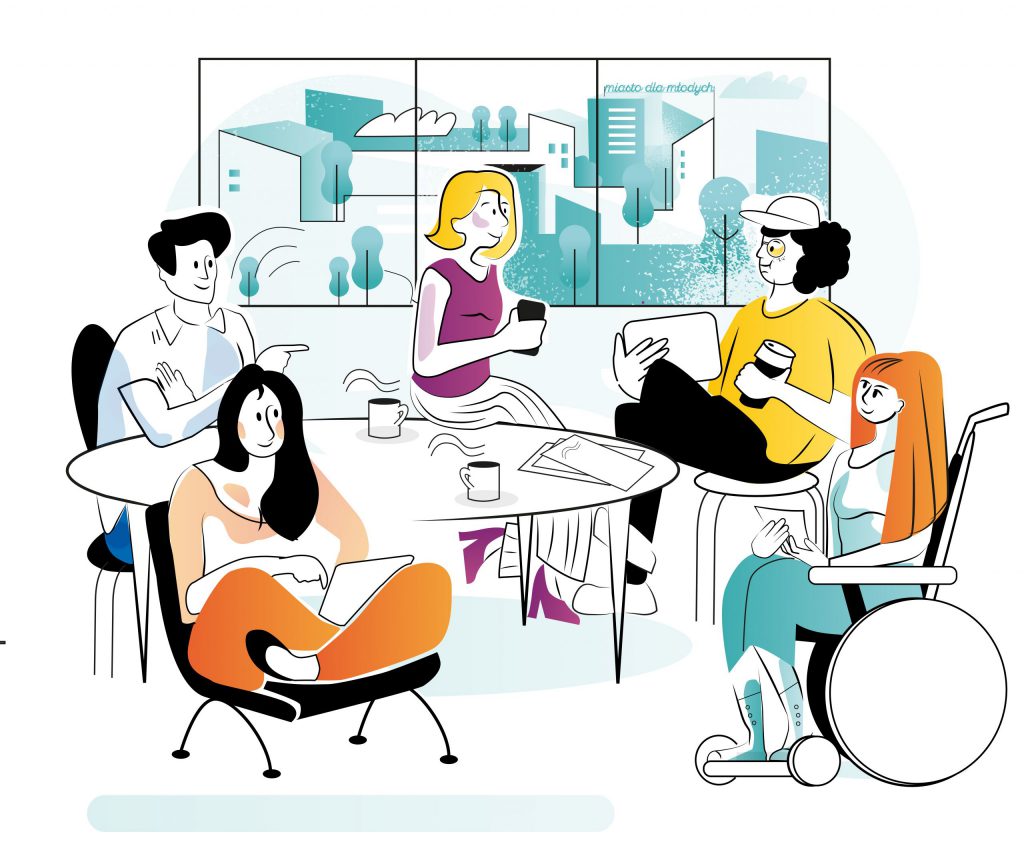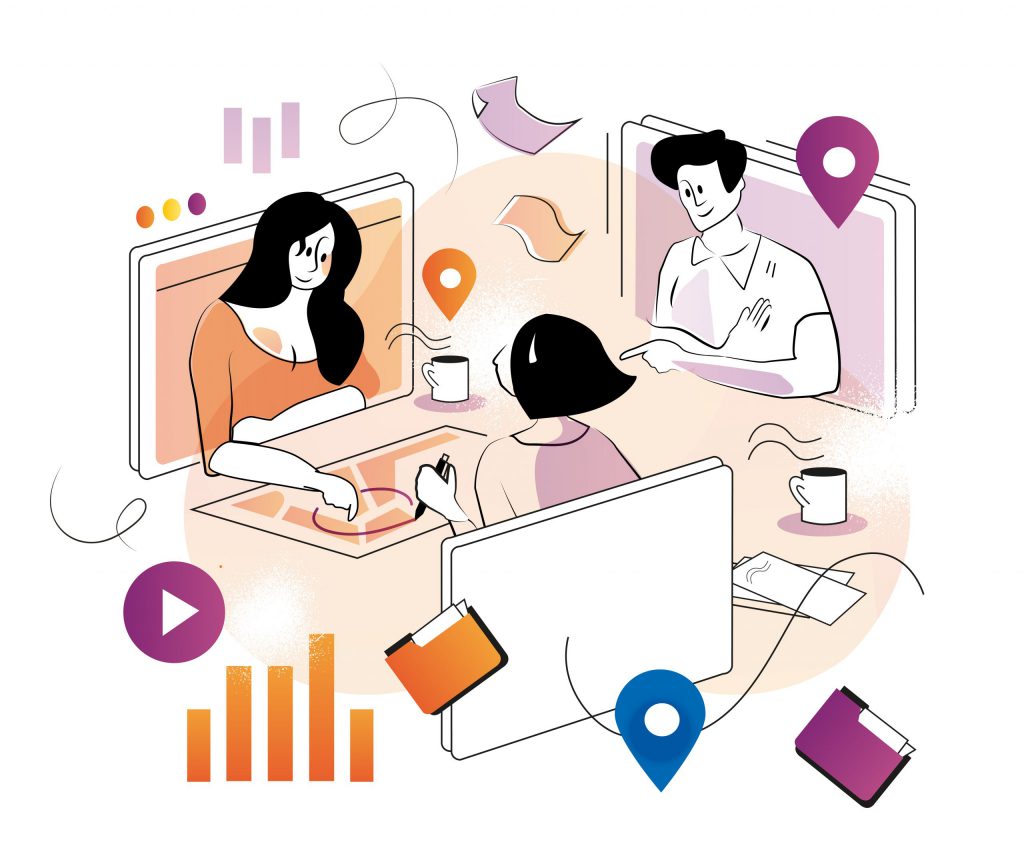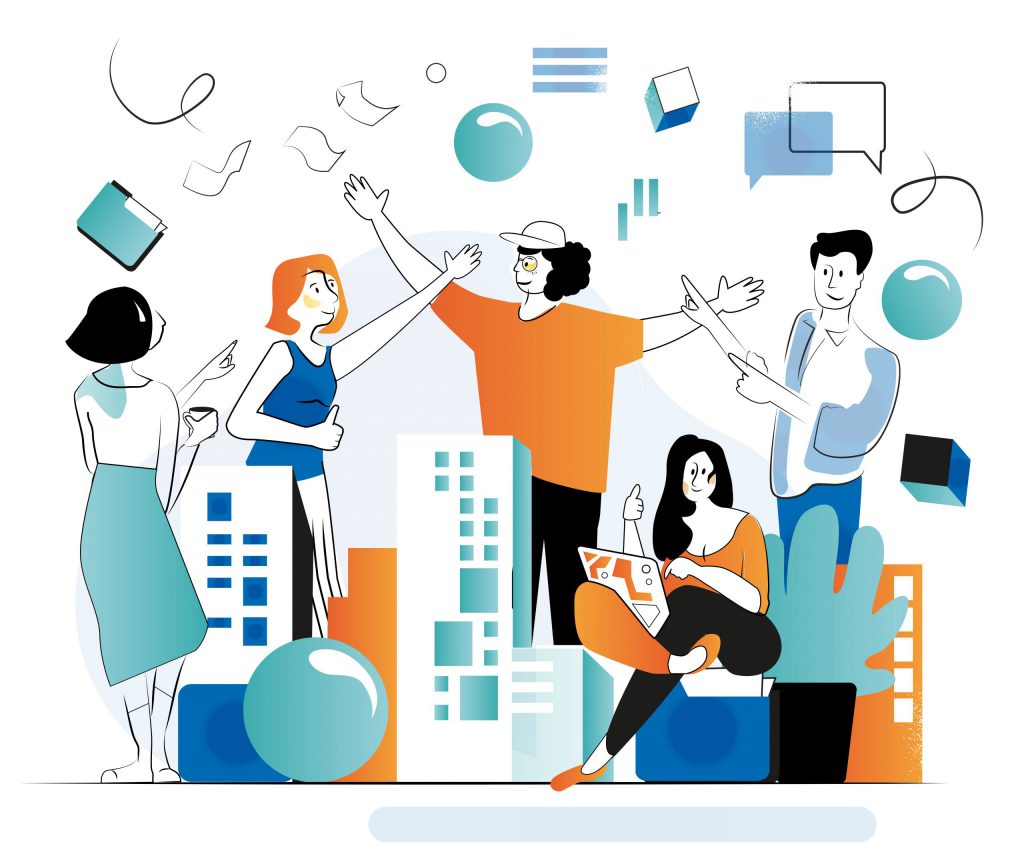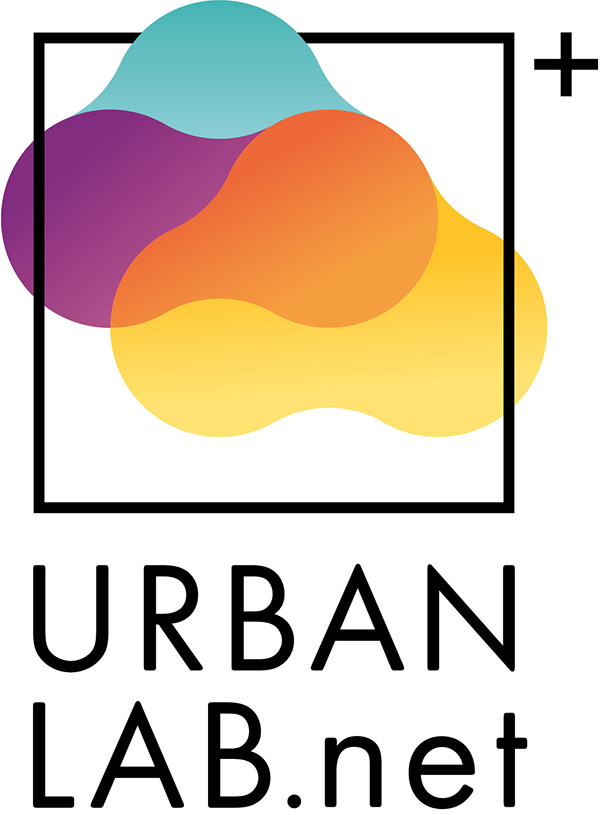
Every city has problems and encounters various difficulties on the way to its development. Neither in Poland nor in the whole world will we find an ideal city. There are many challenges facing cities, including a rapidly ageing population and an exodus of young residents (in their early teens), whether as a result of a lack of career prospects or the low attractiveness and unsuitability of the city’s offer for this age group. We do not need to subversively try to solve each of these problems right away. However, let us take further steps towards improving the quality of life in cities! One such step could be the implementation of the urban lab instrument.
In the project ‘Urban Lab – City for the Young’, together with selected Polish cities, we will test the urban lab instrument aimed at their young inhabitants. We want to create a space in the city (in the form of an urban lab), providing conditions for activities that activate all inhabitants and, in particular, are a motivator for involving young people in city life.
Why young people? We are primarily targeting people aged 13 to 35* because:
- we have identified the need to implement in Polish cities an instrument which would integrate activities and actions dedicated to a group of young people;
- the group we have selected are those who are about to enter or have active electoral rights – they are young citizens of cities, who should be shown the possibilities of their individual and group responsibility;
- the social participation of the young generation, thanks to its dynamism, can influence the changes in society and counteract the stagnation of social life in the local environment, which is a key issue in cities losing their socio-economic functions;
- young people migrate to larger urban centres due to the lack of job prospects or the mismatch between the city’s offer and their needs, so the project’s activities are to contribute to attempts to counteract this phenomenon.
The main aim of the project is to create conditions conducive to the active participation of young people in social and civic life, improving their quality of life. The project is primarily aimed at 13-35 year-olds, a group who are or will soon be eligible to vote and influence the development of solutions for their own and future generations. It is to this group that we should already be showing them the possibilities of participation and raising awareness of both individual and group responsibility. A dynamic young generation can add colour and counteract the stagnation of social life in the local environment, especially in cities losing their socio-economic function. We want cities to be able to adapt their offerings, increase career prospects and ‘reach out’ to young residents, saying: ‘come on, let’s act together’.

As part of the project ‘Urban Lab – City for the Young’, we would like to create conditions for the activation of young people, which will be a kind of motivator to act, get involved in city life and help young people become visible in the public debate. The formula and operation of urban labs will be tailored to the needs of the young generation – young people are the future adult citizens of cities and towns who, like everyone else, need to be heard, to be taken seriously. In an urban lab, by definition, there are no wrong questions, every idea or proposal deserves to be listened to and perhaps tested in the space – without being lectured from an adult perspective. Of course, young people in the context of this project will be the priority group, forming the core of the project, but it should not be forgotten that, by definition, urban labs are places open to all residents. The interests of different groups of urban users are to meet in this physical as well as creative space.
The project is open to cities that have passed all stages of the call for proposals – they have submitted a project fiche and then correctly prepared a document adapting the concept of the UL, setting out the objectives of its operation, the thematic areas in which they want to move and the specific activities to be carried out. The objectives can vary and depend on the problems faced by the city in question, the solution of which can support the creation and resilient functioning of the urban lab. Each city should “tailor the concept to its own needs”.
What kind of project activities can cities undertake? The list is long and is only limited by the imagination of those working on an urban lab concept in a given city. Here are some examples:
- Urban Cafe – a creative space, influencing the activation of the local community. Here, inspiring events for residents are organised, such as seminars, lectures, debates, training courses, conferences, workshops, film screenings; it is also a place for less official meetings, e.g. for members of social/non-governmental organisations.
- Urban Project on “6” – an initiative focused on supporting local innovators and the implementation of fast, effective community projects by providing mini-grants to residents to implement their own innovative ideas.
- Urban Prototyping School – an interactive space that will enable residents to experiment, design and prototype solutions for the benefit of the local community and urban environment.
- Pass On – a place to repair broken items, but also a platform to build community, promote sustainable consumer practices and develop creative skills.
- STEAMedu – creative education, where young people stop being just passive recipients of knowledge and become scientists, builders, explorers or engineers. Following their natural need to experience and live the world around them – they experiment, create and try out different solutions, including those relating to the surrounding urban space.
- Academy of Young Leaders – an initiative to identify, train and support local leaders who will act as initiators and “liaisons” between young people and various groups of urban stakeholders, such as student councils, City Hall, the Youth City Council, representatives of NGOs, entrepreneurs or universities.
- Factor X – a dynamic tool involving the implementation of innovative activities, the detailed scope of which will be determined after identifying the needs and opportunities of the local community. Its main idea is to be open to potential, ideas and innovative solutions that can make a city stand out from others.

In the course of the ‘Urban Lab – A City for the Young’ project, we will be able to see what measures work in a given city and then improve, transform or even better adapt them to the realities of a given agglomeration. Everything that we learn together during the project, by testing the Urban Lab instrument in Polish cities, will be used in project publications made available free of charge to other Polish municipalities within the pilot area. Additionally, individual activities in the cities will be summarised and evaluated in terms of their real effectiveness and actual impact on the proper shaping of the quality of life of young people.
*According to the European Union, the status of youth is ascribed to persons between 13 and 35 years of age; youthfulness ends after the age of 35 (on average at 35 years and three months, CBOS, 2007).
The project ‘Urban Lab – City for the Young’ is implemented by the Ministry of Funds and Regional Policy and the Institute for Urban and Regional Development. The total cost of the project is: PLN 6,582,045.10
The project ‘Urban Lab – City for the Young’ is co-financed within the framework of the Technical Assistance for European Funds 2021-2027 programme. The grant is co-financed 79.71% by the European Union, within the framework of the European Regional Development Fund under PTFE 2021-2027 and 20.29% by the state budget.
#EUFunds #EuropeanFunds

